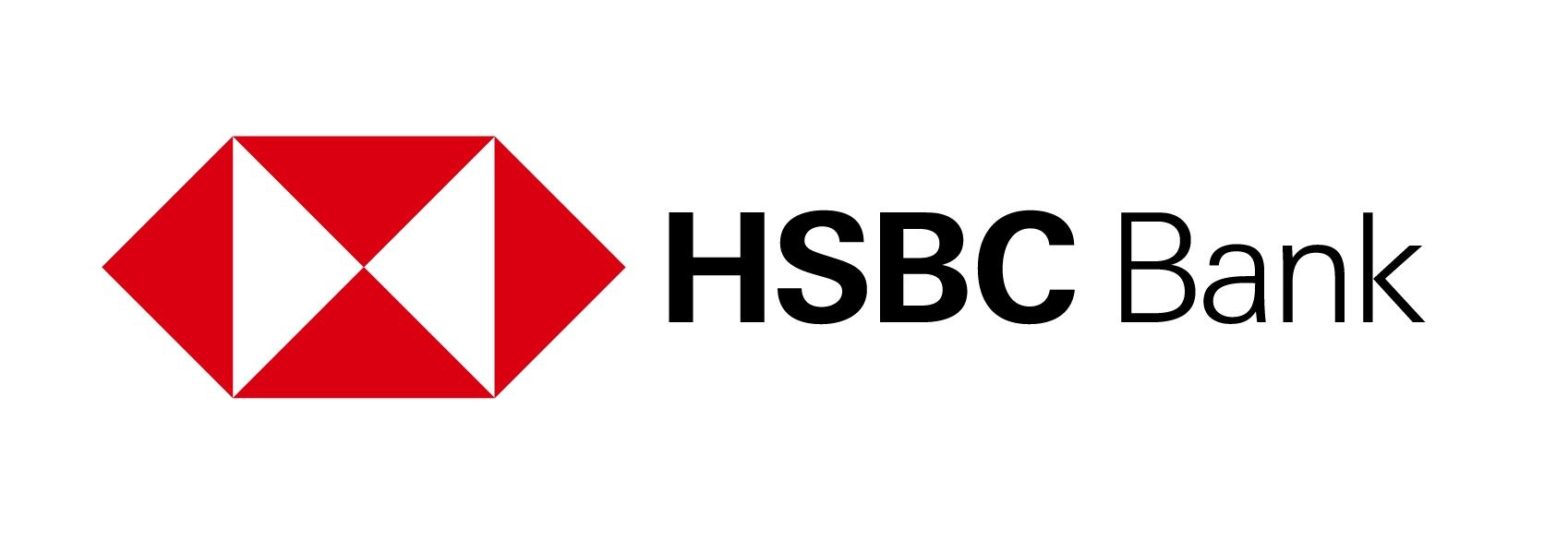Kevin Carmichael: And if current trends hold, the central bank probably will pause in January
Publishing date:
Dec 08, 2022 • 15 hours ago • 3 minute read
11 Comments
Bank of Canada governor Tiff Macklem. Photo by Adrian Wyld /The Canadian Press Those who inferred from the Bank of Canada’s relatively terse policy statement that it won’t necessarily be raising interest rates in January were correct.
Advertisement 2 This advertisement has not loaded yet, but your article continues below.
“We indicated that going forward, we will be considering whether to increase rates further. If we are surprised on the upside, we are still prepared to be forceful,” deputy governor Sharon Kozicki said in a speech on Dec. 8.
Financial Post Top Stories Sign up to receive the daily top stories from the Financial Post, a division of Postmedia Network Inc.
By clicking on the sign up button you consent to receive the above newsletter from Postmedia Network Inc. You may unsubscribe any time by clicking on the unsubscribe link at the bottom of our emails. Postmedia Network Inc. | 365 Bloor Street East, Toronto, Ontario, M4W 3L4 | 416-383-2300
“By that, we mean that we expect our decisions will be more data-dependent. But we recognize that we have raised interest rates rapidly and that their effects are working their way through the economy. In other words, we are moving from how much to raise interest rates to whether to raise interest rates.”
Emphasis added. Since January, governor Tiff Macklem has been explicit about what he would be doing at the next interest rate announcement: pushing borrowing costs higher to offset the most dangerous burst of inflation since the early 1980s.
Advertisement 3 This advertisement has not loaded yet, but your article continues below.
Macklem started tentatively in March, increasing the benchmark interest rate a quarter-point to 0.5 per cent. What followed would be the most aggressive series of interest-rate increases since the Bank of Canada and the federal government agreed to use inflation to guide monetary policy in 1991.
Following another “jumbo” half-point increase on Dec. 7, the benchmark rate will end the year at 4.25 per cent, a startling change given central banks had kept borrowing costs pinned near zero for the better part of the previous decade.
“Since last March, we’ve taken forceful monetary policy actions,” Kozicki said in prepared remarks for a speech in Montreal hosted by the Urban Development Institute of Quebec. “This policy tightening has been affecting the economy,” adding that “we are seeing a softening of demand in interest-rate-sensitive areas,” especially housing.
Advertisement 4 This advertisement has not loaded yet, but your article continues below.
Inflation remains the Bank of Canada’s primary concern, as year-over-year increases in the consumer price index are hovering around seven per cent, compared with the central bank’s target of two per cent.
“There remains a firmness or stickiness to inflation — and to near-term inflation expectations,” said Kozicki, suggesting the central bank could be tempted to raise borrowing costs when it next updates policy on Jan. 25.
But it won’t be a foregone conclusion.
For the first time all year, policymakers think there’s a chance cost pressures are relenting. Year-over-year increases in the consumer price index appear to have peaked at 8.1 per cent in June.
“Core” inflation, which measures the trend by removing volatile items from the calculation, appears to have topped out around five per cent. Kozicki made a point of observing that when core inflation is measured over a three-month period, the rate has declined to about 3.5 per cent.
Advertisement 5 This advertisement has not loaded yet, but your article continues below.
“To make meaningful progress toward our inflation target, we need to see three-month rates of inflation come down even further and be sustained,” she said.
If current trends hold, then the Bank of Canada will probably pause in January. Households that have been piling up cheap credit for more than a decade are extremely sensitive to higher interest rates.
Real-estate prices have plunged this year, and central bank calculations show that a significant number of borrowers who took out variable-rate mortgages are no longer making payments on the principal because their monthly payments only cover the interest. Household consumption decreased in the third quarter, a worry for an economy that has come to rely on housing investment and debt-fuelled spending to power growth.
Advertisement 6 This advertisement has not loaded yet, but your article continues below.
“The largest shifts in spending have been in the most interest-sensitive areas, suggesting our monetary policy actions are working to rebalance supply and demand,” Kozicki said.
Recommended from Editorial Bank of Canada raises interest rate to 4.25% in what may be the last hike Kevin Carmichael: Jobs numbers show Bank of Canada hasn’t wrecked the economy after all Mortgage rates to soar higher after latest interest rate increase, but end of hiking cycle in sight Macklem is prepared to risk a recession to crush inflation. The Bank of Canada’s forecast predicts the economy will effectively stall over the next couple of quarters, implying a downturn might even be part of the plan.
But the central bank thinks there’s a remote chance it can orchestrate a slowdown without triggering a spike in joblessness. The decision this week to raise the interest rate an additional half-point was about sending a message about what matters most to Canada’s central bankers.
There should be little doubt at this stage that Macklem is serious about getting inflation under control. That credibility should allow him to start watching the data from here on out.
• Email: kcarmichael@postmedia.com | Twitter: CarmichaelKevin
